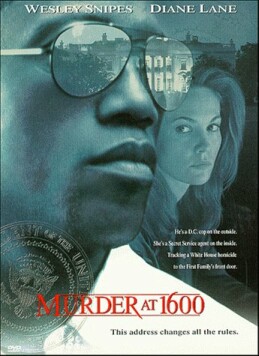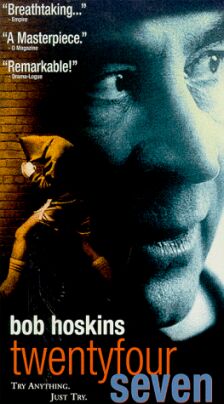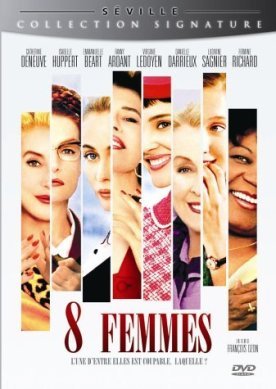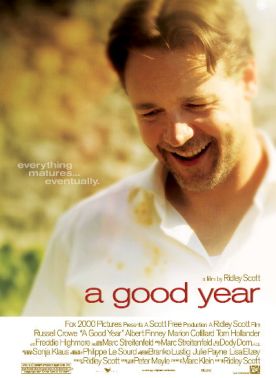Murder at 1600
It’s too bad that the people in
Dwight Little’s Murder at 1600
don’t know, postmodern style, that
they are in a movie. It would have saved them an awful lot of trouble spent
working out who it was that killed the attractive blonde in the White House one
rainy night. Of course everybody’s
first answer must be the President. We know from scores of recent films that
Presidents are evil and corrupt and capable of murdering pretty blondes without
giving the matter a second thought. But
here’s where Little crosses you up,
that clever devil. He makes President Neil (Ronny Cox) a Jimmy Carter clone (the
portrait of Carter in the White House is the most focused on of that
building’s decorations) trying to deal
with an international hostage situation involving the North Koreans while being
goaded to be more agressive by a sinister-looking general and other aides who
think (like a significant proportion of the population) that he is a wimp.
Ah-ha! The case is altered. Enough said. At once any moderately close
observer of Hollywood politics must realize that it is the warmongering head of
the National Security Council, Alvin Jordan (Alan Alda), who is the guilty
party. (I’m not sure
I’m not giving anything away here to
readers so perspicacious as those of the American Spectator.) Oh sure,
there are a couple of red herrings. The filmmakers try briefly to convince us
that it was the President’s playboy
son, Kyle (Tate Donovan) or his formidably controlling chief of security, Nick
Spikings (Daniel Bengali) whodunnit. But although the hero, Detective Regis of
the D.C. police homicide unit (Wesley Snipes), his white sidekick Detective
Stengel (Dennis Miller), and the comely Secret Service agent and former Olympic
sharpshooter, Nina Chance (Diane Lane) might briefly be taken in, we need not
be.
But if you can bear to sit through the film to the end, it is worth doing so
if you are at all a connoisseur, as I am, of absurd endings to political films.
Jordan goes to the president with the story that
they’ve got the goods on Kyle, but
that he has seen to it that the evidence is destroyed. It is a total bluff. In
fact, of course, the evidence of a White House security videotape
(didn’t think of that did you
Mr. Smartypants?) clearly implicates Jordan himself, but the wimpy president
doesn’t even ask to see the supposed
evidence. Instead he asks: “What do
you want?”
“Your
resignation,” says Jordan. Meekly the
president offers it, in the process demonstrating that he is willing to engage
in what he supposes to be a coverup and obstruction of justice in order to save
his son. Yet he is still meant to be sympathetic. Jordan, meanwhile, not
content to accept his triumph in silence, begins lecturing the president on how,
since he has never “served your
country in the military” he can never
understand the necessity for military action in the case of the hostages in
North Korea. Hm. I wonder what president the authors could be thinking of
there?
The absurdity rises to its wacky height when the two bloodhound
investigators, Regis and Ms Chance (between whom, as between Julia Roberts and
Denzel Washington in The Pelican Brief, there is no romance since too
many viewers would presumably be offended by an interracial love affair), are
themselves named as prime suspects. A mysterious, murderous
“they”—Jordan?
the Secret Service? the D.C. police?—attempt to silence them. Of course
they are unsuccessful. The finally masterful president orders the Secret Service
(hitherto uniformly unsympathetic) to arrest the comically rabid Mr Alda, who
says that the dead chick was “a
casualty of war” and quotes in defense
of murder and treason our twenty-fifth president:
“I think President Teddy Roosevelt
said it best: If I have to choose between righteousness and peace, I choose
righteousness.”
Only in Hollywood, folks. Only in Hollywood.
Discover more from James Bowman
Subscribe to get the latest posts to your email.







